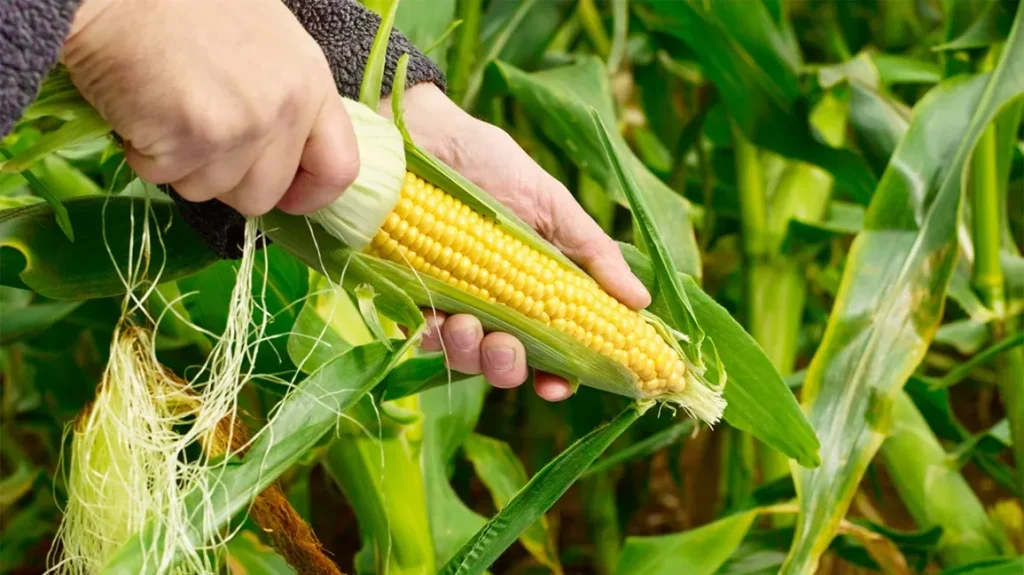I’m sure you’ve ever ingested any food that has been genetically modified without knowing it. Transgenic foods are produced through genetic engineering, to create products with specific characteristics. However, there is some controversy and scientists fail to agree to determine the extent to which they are beneficial or the opposite. What are GM foods? What are your pros and cons?
What Are GM foods?
Transgenic foods are those that have been created from the genetic material of other organisms. Genetic engineering is responsible for carrying out these techniques to create several desired properties.
Transgenic could be defined as genetically modified organisms, although not all forms of changing DNA from plants, microorganisms, or animals are carried out through genetic engineering. Thus, all GMOs are GMOs, while not all GMOs are considered transgenic.
There are some crops in which genetic enhancement techniques have been used, while others are considered strictly transgenic because they have been created with genetic engineering. The latter allows us to isolate a gene, characterize it manage it in a laboratory, and then insert it into the genome of another living being. In this way, it is possible to obtain more effectively the characteristics we want.
In this sense, biotechnology appears, capable of transferring the gene from one organism to a different one to give it that quality that it does not possess. In this way, a crop may be more resistant to a pest or that better supports dryness, the result of drought.
What Are The Advantages and Disadvantages of GM foods?
Once we have analyzed what GM foods are, you should know that they have defenders and detractors who stay for or against their consumption. From here we have analyzed the main pros and cons of transgenics so that you can reach your conclusions.
Arguments in Its Favor
- The resulting foods are more nutritious, resistant, and durable.
- Crops are protected from weeds, insects, and viruses.
- Plants and animals grow faster, and the fruits are larger.
- It is possible to add protein to avoid malnutrition and reduce the risk of disease.
- Being more resilient, fewer pesticides and herbicides are used, being good for the environment and the economy.
- Some products have been designed to withstand sterile or drought terrain.
Arguments Against
- The crossing of genes can cause bacteria to become resistant to antibiotics.
- Fungals and viruses tend to mutate as a protective measure, leading to hitherto unknown species.
- New species may be more invasive than the rest and can negatively influence the ecosystem.
- Some studies warn that transgenic foods could affect fertility.
- Modified seeds are controlled by some multinationals that prevent small farmers from benefiting from them because of their high prices.
Examples Of Transgenic Foods:
While in the United States, they know very well what GM foods are, there is little awareness of it in Europe. Either way, despite what may seem, in Spain we have the largest area of genetically altered maize cultivation.
The most common transgenic foods you have been able to include in your day-to-day life are soybeans (developed to be resistant to herbicides), in addition to corn oils, rapeseed (one of the most altered), and cotton (potentially dangerous from China and India).
Milk and its derivatives have many growth hormones after the use of injection techniques in cattle. Yellow pumpkins and zucchini have become genetically treated to be resistant to viruses.

